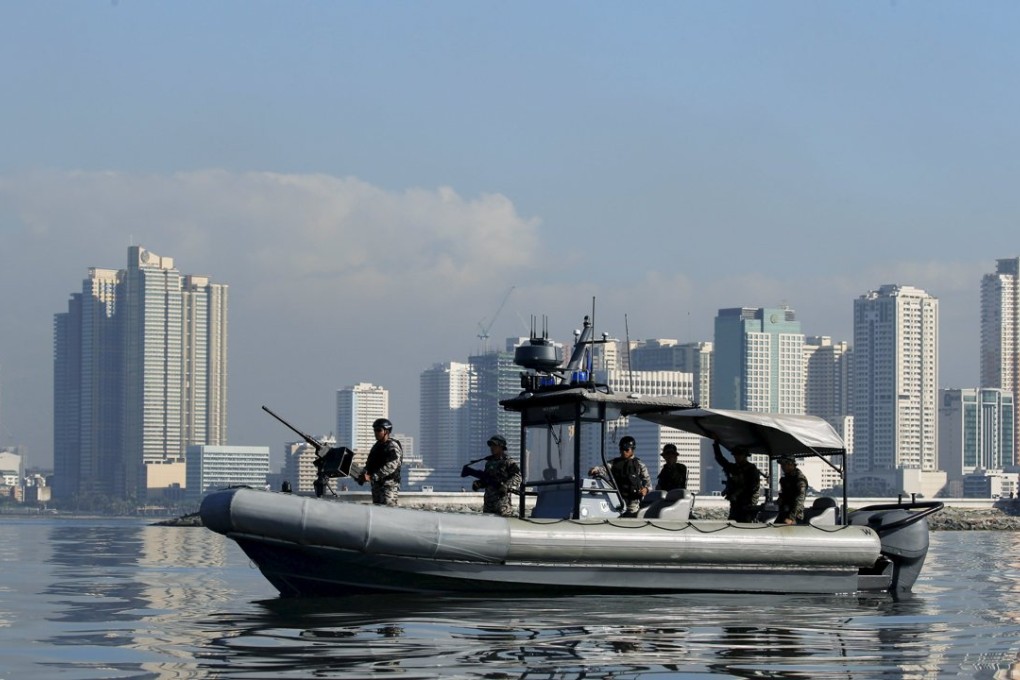The View | Apec summit spotlight likely to fall on competing American and Chinese trade liberalisation schemes
Service sector liberalisation – in particular in finance, information technology and logistics – is critical for competitiveness

When leaders from the 21 Apec economies – ranging from America’s Barack Obama and China’s Xi Jinping to Peter O’Neill from Papua New Guinea and Michelle Bachelet from Chile – fly into Manila this week they will cause traffic jams in the sky around Manila airport that will without doubt be as bad as the traffic jams we have come to know and love on Manila’s cluttered streets.
To ease the congestion, and to put leaders at ease to discuss the region’s pressing issues, offices have been closed for the week across most of the city, dozens of major streets have been closed, and 20,000 police have been deployed to ensure security between the airport and the Makati business district. This is not a week for a quick business visit, or tourist getaway.
Apart from being the climax of Philippine President Benigno Aquino’s presidency of Apec, the meeting will provide opportunities for regional leaders to boast about the year’s achievements, and to set priorities for the year ahead.
For Obama, the main bragging rights will be over successful completion of the Trans-Pacific Partnership (TPP) trade deal – though I think he will come under a lot of pressure to provide assurances that Congress can be persuaded to ratify the deal before he steps down at the end of next year. Without ratification by the US government, the 6000–page trade deal will provide no more “high quality liberalisation” than the shredder it will be fed into.
Obama is also likely to call for any future trade liberalising deals to be built on the foundations of the TPP
Obama will also come under pressure to give support to the trade liberalising deal being prioritised by China – the Free Trade Area of the Asia Pacific (FTAAP). This is only in the nursery slopes of negotiation, with a “collective strategic study” due to be completed at the end of next year, and a tentative completion date of 2025. But this would be bigger and more “inclusive” (the Philippine Apec host’s word of the year) than the TPP, and more important, it would include China. The fact that China is excluded from the TPP raises many questions about the extent of its real-world relevance, since most of the region’s trade currently flows at some point through China, and since liberalisation in China is immensely more important for most businesses operating in the region than liberalisation in (say) Brunei or Chile.
For China’s part, Xi is likely to want to boast about the role of the Asian Infrastructure Investment Bank (AIIB) in tackling the region’s acute “infrastructure deficit”, and perhaps too about the significance for us all of the “One Belt, One Road” vision for regional economic integration.

